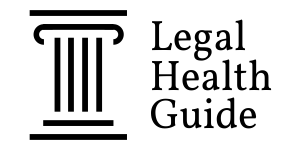If you’re thinking about a medical malpractice lawsuit in Montana, you’ll hit a requirement that’s pretty unique. The Montana Medical Legal Panel was established in 1977 and serves as the mandatory first step in reviewing all medical malpractice claims before they can proceed to court.
This panel system tries to weed out weak cases and make it easier to resolve legitimate ones.

The panel acts as a gatekeeper in Montana’s healthcare legal system. Your case must go through this review before you can sue a doctor, hospital, or other provider.
Panel members look at whether your claim has enough merit to suggest malpractice happened. If you think you’ve suffered from medical negligence in Montana, understanding this system matters.
The panel’s decision can really shape your case. Knowing what to expect gives you a better shot at preparing for this step in seeking justice.
Key Takeaways
- The Montana Medical Legal Panel is a mandatory review system that evaluates all medical malpractice claims before they can go to court
- You must present your case to this panel first, and they determine whether there’s reasonable evidence of malpractice
- The panel system was designed to reduce unnecessary lawsuits while ensuring legitimate claims receive fair consideration
Purpose and Function of the Montana Medical Legal Panel

The Montana Medical Legal Panel screens medical malpractice claims before they head to court. This setup aims to filter out weak cases and give real claims a fair look.
Role in Medical Malpractice Claims
The Montana Medical Legal Panel stands as your required first step in a malpractice case. You must present your claim here before you can file a lawsuit.
The panel, established in 1977, reviews each claim with six members. Three are doctors, three are attorneys.
This mix brings both medical and legal expertise to the table. Doctors understand the standards of care, and attorneys know the law.
Your case goes through a formal review process. Panel members look at your medical records and evidence to see if your claim should move forward.
They don’t decide if you win or lose. Instead, they judge whether reasonable evidence of malpractice exists.
Preventing Frivolous Lawsuits
The panel exists to prevent the filing of medical malpractice lawsuits where evidence does not permit a reasonable person to infer that malpractice has occurred. This helps shield healthcare providers from weak claims.
Your claim needs to meet basic standards. The panel looks for cases where at least a reasonable inference of malpractice is possible.
Claims with insufficient evidence get stopped early. This saves everyone time and money.
Benefits of this screening process:
- Reduces court congestion
- Lowers litigation costs
- Protects doctors from baseless claims
- Helps valid cases move forward faster
You really need solid evidence and expert opinions to support your malpractice claim.
Scope of Jurisdiction
The Montana Medical Legal Panel Act in Montana Code Annotated 27-6-101 spells out what cases the panel reviews. They handle professional liability claims against healthcare providers and their employees.
Your claim falls under the panel if it involves medical malpractice in Montana. This covers claims against doctors, nurses, hospitals, and other professionals.
The panel reviews claims for professional liability in medical situations. That includes errors in diagnosis, treatment, surgery, and patient care.
Types of cases the panel handles:
- Medical malpractice claims
- Professional liability cases
- Claims against healthcare facilities
- Cases involving medical employees
You can’t skip this panel. Montana law requires your medical malpractice claim to go through this review first.
The panel is funded solely by assessments levied on healthcare providers. The State Legislative Audit Committee audits them every year.
Processes and Procedures
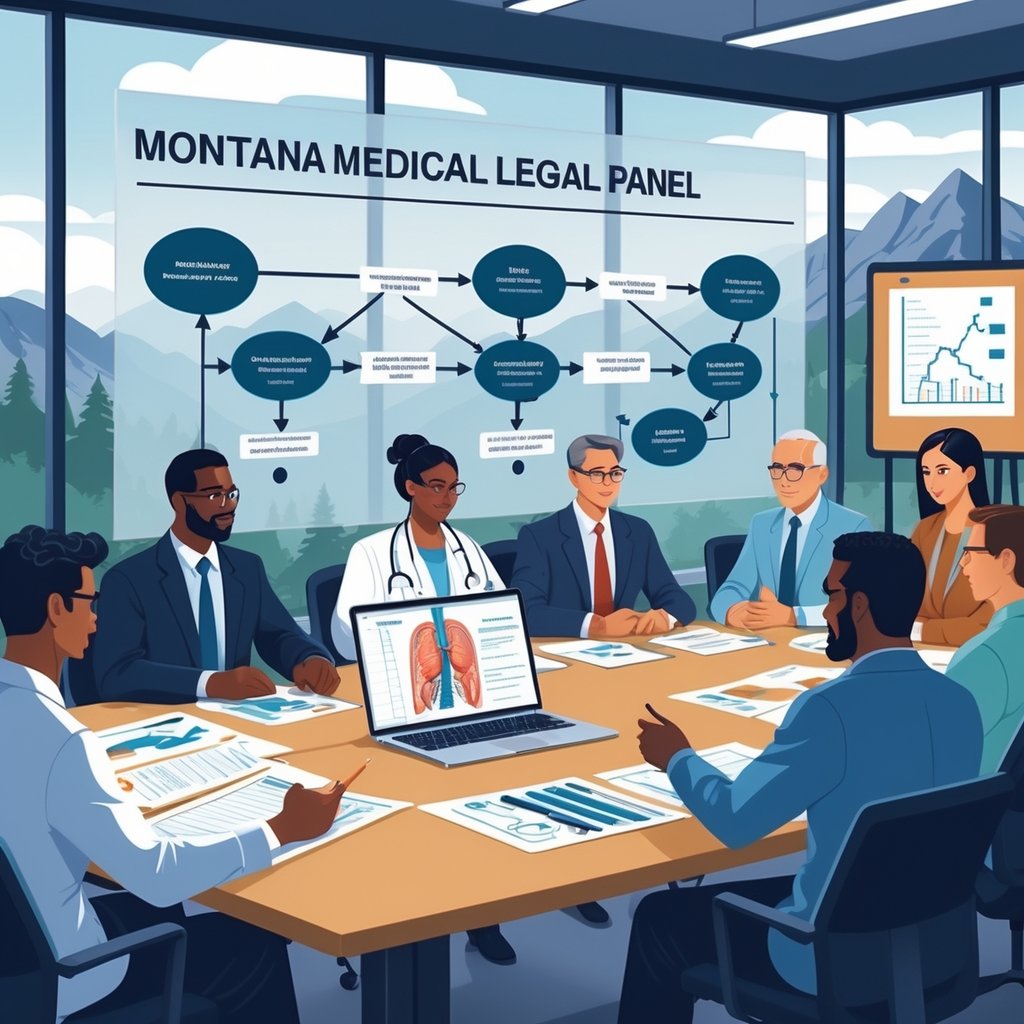
The Montana Medical Legal Panel review process follows a set path from application to decision. Your lawsuit can’t move forward until you complete this step.
Application for Review
You start by filing an application with the Montana Medical Legal Panel. This kicks off the mandatory review.
Your attorney submits the paperwork and pays the filing fees. The application needs to spell out your claim against the provider.
Key Application Requirements:
- Description of the alleged malpractice
- Medical records and documentation
- Names of all parties involved
- Statement of damages claimed
The statute of limitations is paused while the panel reviews your case. That protects you from time running out.
Healthcare providers get notified about your application. They have a set time to respond.
Panel Hearing Overview
The hearing lets both sides present their case to the panel. Your attorney shows evidence for your malpractice claim.
Panel Composition:
- Medical professionals in the relevant specialty
- Legal experts familiar with malpractice law
- Neutral parties to keep things fair
You can have legal counsel represent you during the hearing. Attorneys bring in medical records, expert testimony, and other evidence.
The provider’s legal team gets to present their defense. They might challenge your claims or offer another explanation for what happened.
Both sides can request information if they need it. That way, everyone has access to the evidence.
Panel Deliberations and Decision
After hearing everything, panel members meet privately to decide. They look at medical standards and decide if malpractice likely occurred.
The panel’s proceedings stay confidential. Only the final opinion goes to court.
Possible Panel Decisions:
- Malpractice likely occurred
- Malpractice likely did not occur
- Not enough evidence to say
Your case can still go to court no matter what the panel says. Still, the decision can shape settlement talks and trial strategy.
Courts and juries often take the panel’s final opinion seriously. It becomes admissible evidence in your lawsuit.
Panel Composition and Membership

The Montana Medical Legal Panel uses a balanced setup. Each panel has six members with specific qualifications.
Selection of Panel Members
Six panel members sit in review of each case that comes before the Montana Medical Legal Panel. This mix helps ensure you get a fair evaluation from qualified professionals.
The panel always has three attorneys and three health care providers. One attorney serves as the Chairperson.
If your case involves physicians, three physicians and three attorneys will review your claim. The health care providers selected have experience in specialties related to your case.
Roles of Health Care Providers and Attorneys
Attorneys on the panel bring legal expertise. They look at whether your claim meets the legal standards for malpractice.
The health care professionals review your claim from a medical perspective. They check if the care you got met accepted medical standards.
This dual approach gives you both legal and medical evaluation. The attorneys focus on the law, and the health care providers look at the quality of care.
Panels include physicians with experience in specialties related to the case. The medical reviewers understand the specific type of care involved.
Eligible Claims and Parties

The Montana Medical Legal Panel reviews certain claims against healthcare professionals. You can file claims against qualified health care providers, including dentists and podiatrists, if you believe malpractice happened.
Who Can File a Claim
You can file a malpractice claim with the Montana Medical Legal Panel if you got care from a qualified provider in Montana. Patients who believe they suffered harm from negligent medical treatment can start this process.
Your claim must involve professional liability against a provider. The panel doesn’t handle all disputes with medical professionals.
To begin, submit an “Application for Review of Claim.” You’ll need to provide details about your case and sign forms for the panel to see your medical records.
The Montana Medical Legal Panel is the first step in reviewing your malpractice claim. You can’t go straight to court.
Qualified Health Care Providers
The Montana Medical Legal Panel Act lays out which providers fall under the panel’s review. Doctors, nurses, hospitals, and other licensed professionals in Montana are covered.
Providers must be licensed and acting within their professional duties. The panel looks at claims against both individuals and healthcare facilities.
Your claim must involve a provider acting in their professional role when the alleged malpractice happened. Personal actions outside of medical practice don’t qualify.
The panel’s jurisdiction covers professional liability situations where the facts point to possible malpractice by qualified health care providers.
Inclusion of Dentists and Podiatrists
Dentists and podiatrists count as qualified health care providers under the Montana Medical Legal Panel Act. You can file claims against them through the same panel process.
Your claim against a dentist must involve professional dental care or treatment. This covers issues with dental procedures, diagnosis, or treatment planning that led to harm.
Podiatrists come under the panel’s review when your claim involves foot and ankle care within their scope. The application process for podiatrist malpractice claims follows the same steps.
Dentists and podiatrists go through the same panel procedures as other health care providers. They get the same protections and must participate in the review before any court action.
Impact on Medical Malpractice Lawsuits
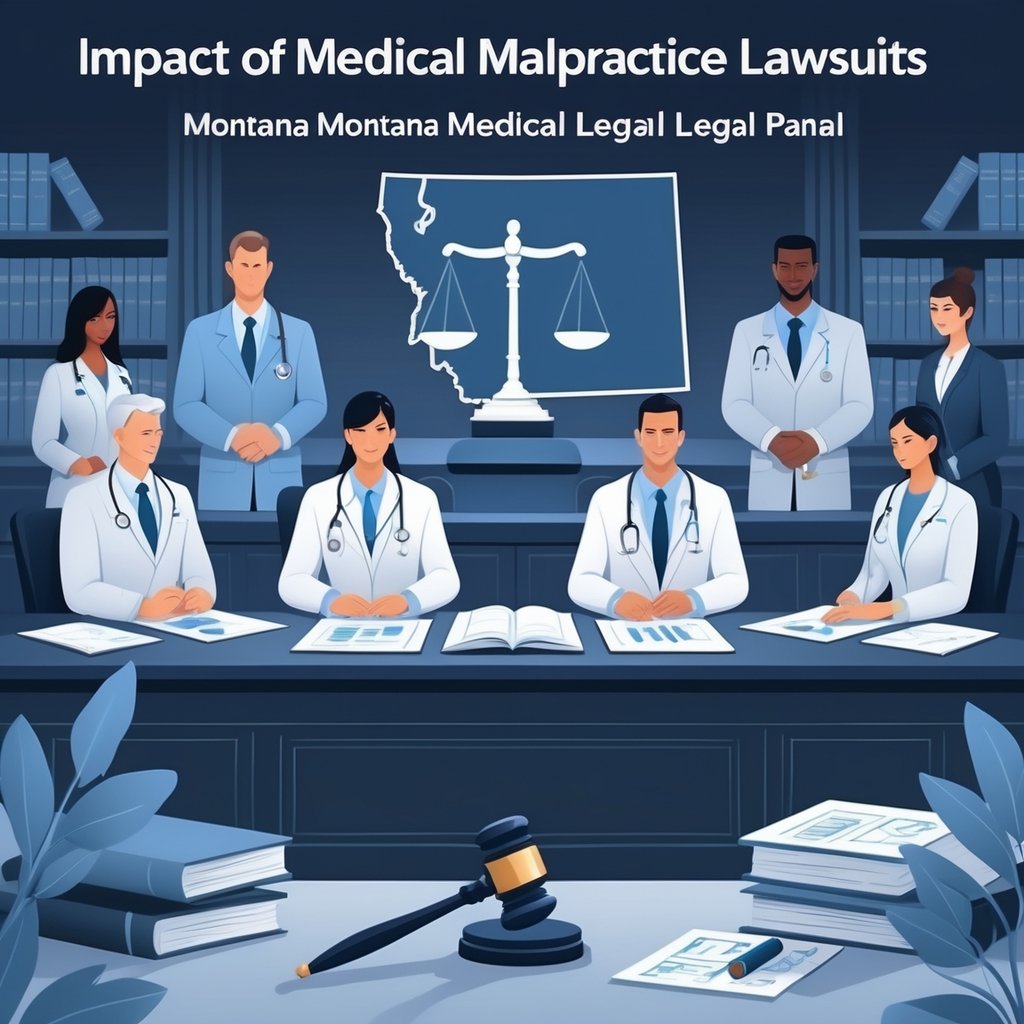
The Montana Medical Legal Panel sets up a mandatory screening process that shapes how you file and pursue medical malpractice cases. Medical malpractice claims must go through this panel review before you can reach court, which shifts the timeline and procedures for your lawsuit.
Requirement for Filing Lawsuits
You can’t file a medical malpractice lawsuit in Montana court until you submit your case to the panel. This applies to all claims against healthcare providers under the Montana Medical Legal Panel Act.
The panel acts as a mandatory screening process before any court filing. You present your case to the panel and wait for them to finish their review.
Your case gets reviewed by six panel members. Three are medical doctors and three are attorneys who look at the merits of your claim.
Effect of Panel’s Decision on Court Proceedings
The panel’s decision can shape your path to court. If the panel finds not enough evidence of malpractice, your case faces more hurdles.
A favorable panel decision gives your position more weight in court. It shows that medical and legal experts think your claim has merit.
An unfavorable decision doesn’t block you from filing in court, but it may sway how judges and juries see your case. The review process can also affect your statute of limitations timeline, possibly extending certain deadlines for filing.
Confidentiality and Admissibility
Panel proceedings stick to confidentiality rules that protect you and the healthcare provider during the review. These rules limit what information can be shared publicly.
The panel’s findings and testimony from panel hearings have limited admissibility in court. Not all panel information can become evidence in your lawsuit.
Medical records and expert opinions used in the panel might follow different admissibility rules. Your attorney needs to know these distinctions when preparing for court.
Confidentiality protections encourage more honest discussion during the review. Healthcare providers and witnesses can speak more freely without worrying their words will be used against them later.
Legal Framework and History
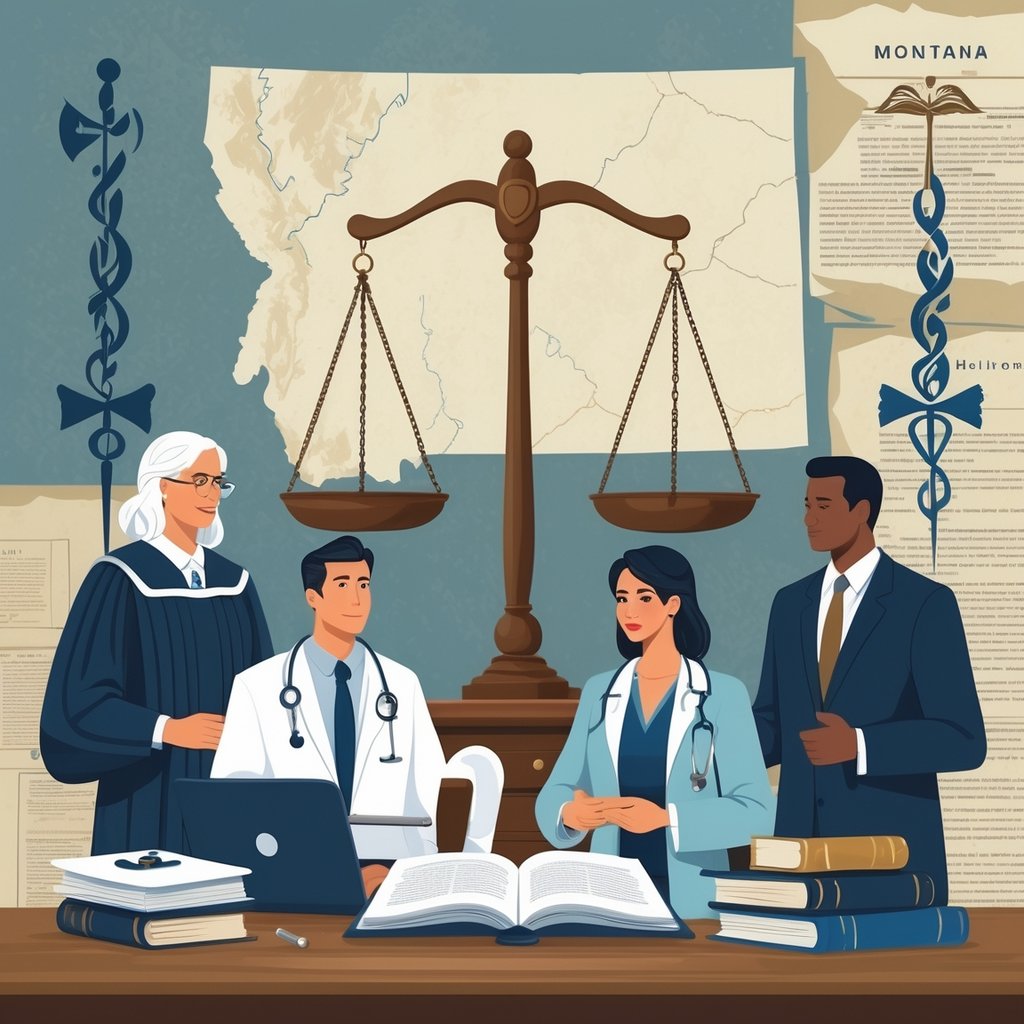
The Montana Medical Legal Panel runs under specific state laws that have changed since 1977. These laws create a process for reviewing medical malpractice claims before they reach court.
Montana Medical Legal Panel Act Overview
The Montana Medical Legal Panel Act became law on April 19, 1977. Key organizations in Montana gave it strong support.
Supporting Organizations:
- Montana Medical Association
- Montana Hospital Association
- State Bar of Montana
The Act appears in Title 27, Chapter 6 of the Montana Code Annotated. This law sets up the structure for reviewing medical malpractice claims.
Before 1977, people filed medical malpractice suits without proper review. The new law aimed to cut down on unnecessary lawsuits and improve data collection.
The Act requires you to submit your malpractice claim to the panel first. This step comes before you can take your case to court in most situations.
Key Legislative Milestones
The Montana Medical Legal Panel started in 1977 as the first step in reviewing malpractice claims. This changed how Montana handles medical malpractice cases.
Key Requirements Under the Act:
- File within statute of limitations (usually 3 years)
- Pay a $40 filing fee
- Give notice of intent to sue
- Provide medical record authorization
The panel has six members appointed by the Montana Supreme Court. Three members are licensed Montana attorneys, and three are licensed Montana physicians.
The panel answers two main questions in each case: does substantial evidence of malpractice exist and did the malpractice likely cause your injury.
Recent Updates and Reports
The Montana Supreme Court oversees rule changes for the panel. The Director of the Montana Medical Legal Panel works with the State Bar of Montana on updates.
Rule changes require input from several parties. The State Bar of Montana must approve proposed changes before they go into effect.
Current Legal Protections:
- Panel proceedings stay confidential
- Panel members have immunity from civil liability
- Final opinions may be used as court evidence
Panel decisions don’t bind courts, but they often influence settlement talks and case outcomes.
Recent attention has gone to streamlining procedures and keeping confidentiality. The panel continues to serve as an alternative to immediate court litigation for medical malpractice claims.
Frequently Asked Questions
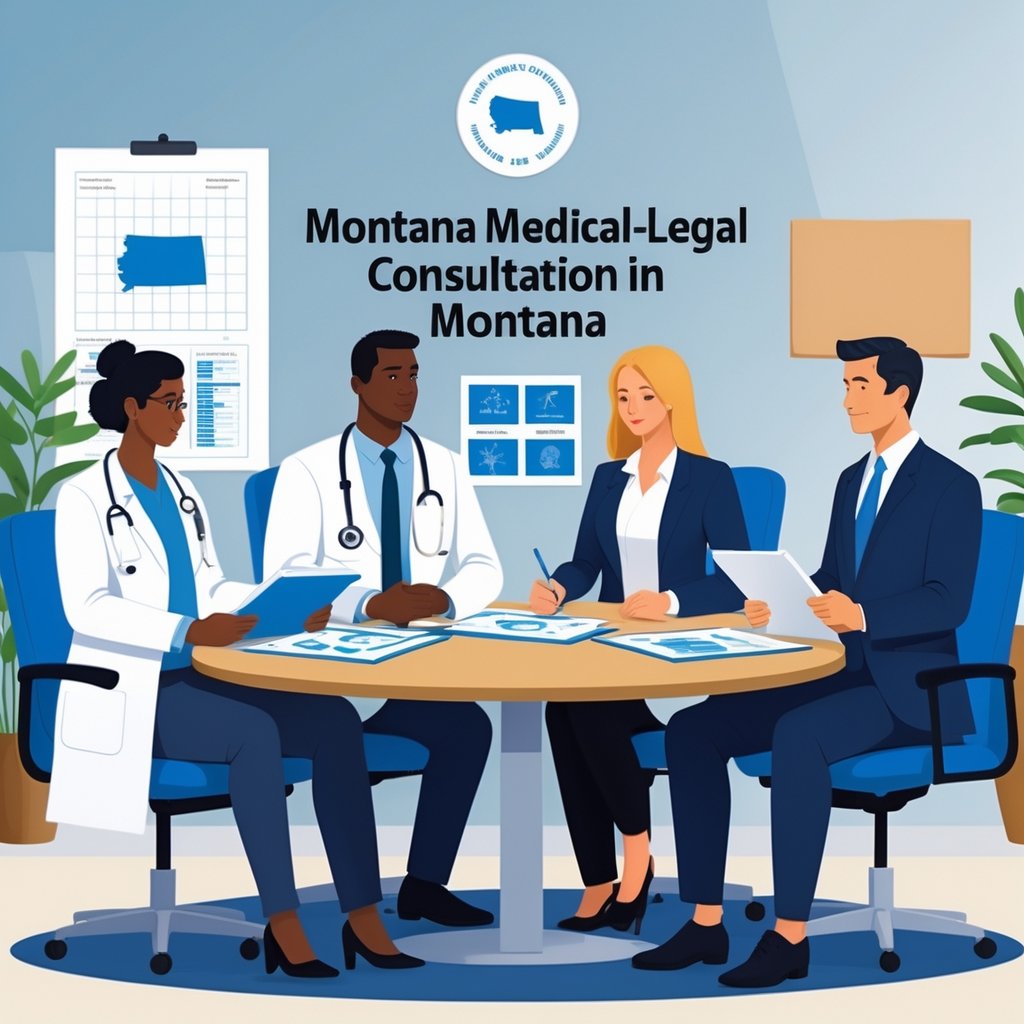
The Montana Medical Legal Panel comes with specific filing requirements, a set review process, and a few possible outcomes. Knowing the panel’s role, what cases it covers, and how to start helps you get through this step before pursuing medical malpractice litigation in Montana.
How does the Montana Medical Legal Panel process function?
The Montana Medical Legal Panel process starts with an initial review of your materials. The panel includes three attorneys and three healthcare providers appointed by the Montana Supreme Court.
You’ll join a pre-hearing conference about procedural matters. After that, you present evidence like medical records and expert reports at an informal hearing.
Panel members might ask questions to clear up facts or medical opinions during the hearing. They deliberate and issue a written opinion on your claim’s merits.
The panel checks the standard of care, causation, and damages in their decision. This helps resolve disputes before they hit court.
What is the role of the Montana Medical Legal Panel in medical malpractice claims?
The Montana Medical Legal Panel reviews medical malpractice claims before they move to court. The panel began in 1977 as the first step in reviewing malpractice claims.
The main goal is to weigh your claim’s merits and reduce the strain on the judicial system. It nudges parties toward settlement through informal proceedings.
While the panel’s findings aren’t binding, they often sway case outcomes. A favorable finding usually leads to settlement talks with the healthcare provider.
The panel addresses medical malpractice claims before they reach court, which lowers litigation costs for everyone. Their conclusions may show up as evidence if your case goes to trial.
Are there specific requirements for filing a complaint with the Montana Medical Legal Panel?
You need to file a notice of intent to sue with the facts of your claim. Include authorization for medical record release and a $40 fee.
Your claim should name the healthcare provider, describe the malpractice, and state the damages you want. You must allege that a healthcare provider’s negligence caused you harm.
File within the statute of limitations, which is usually three years from the date of occurrence. Expert reports or opinions are key to show a breach of the standard of care.
Your expert witnesses must have the right specialized knowledge, skill, experience, training, or education under Montana law. If your first expert submissions aren’t enough, the panel might ask for more opinions.
What types of cases are eligible for review by the Montana Medical Legal Panel?
The panel reviews claims involving physicians, hospitals, dentists, and other healthcare providers. Your case must allege medical negligence that caused you harm.
The panel takes on claims with multiple defendants, issuing separate opinions for each provider. Complex cases might need more expert input during the review.
Some exceptions exist for claims involving fraud or intentional misconduct. These cases can skip the panel and go straight to court.
Your case must meet the standard criteria for medical malpractice, including breach of duty, causation, and damages. The panel checks if substantial evidence of malpractice exists.
How can one initiate proceedings with the Montana Medical Legal Panel?
Start by filing a notice of intent to sue and the required documentation. Include the facts of your claim and authorization for medical record release.
Pay the $40 filing fee when you send in your application. Add expert reports that show a breach of the standard of care.
Name all healthcare providers involved in your claim. The panel will schedule a pre-hearing conference after reviewing your initial submission.
Gather all relevant medical records and expert opinions before filing. Good preparation helps your claim get a thorough review by the panel.
What are the possible outcomes of submitting a case to the Montana Medical Legal Panel?
The panel writes an opinion about whether there’s enough evidence of malpractice. They also decide if the malpractice likely caused your injury.
If you get a favorable opinion, you might end up talking settlement with the healthcare provider. An unfavorable opinion can make you think twice about taking things further.
You can use the panel’s conclusions as evidence if the case goes to trial. Their findings might sway the jury, even though they’re not binding.
You still have the right to take your case to court, no matter what the panel says. You can bring in new evidence or arguments at trial.
